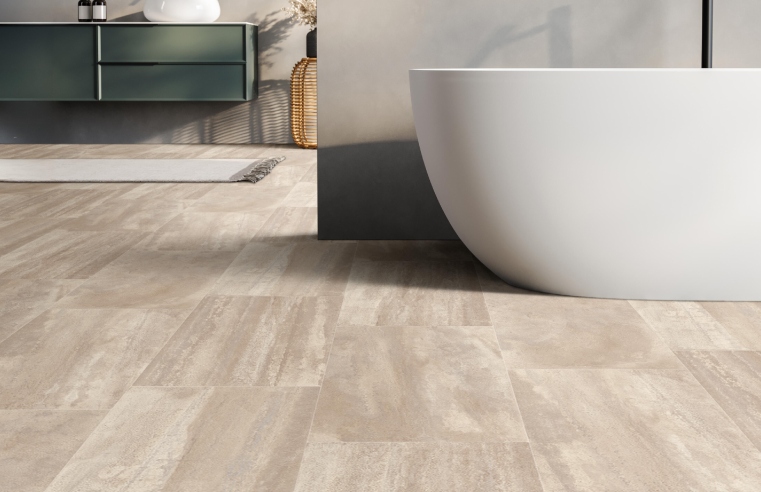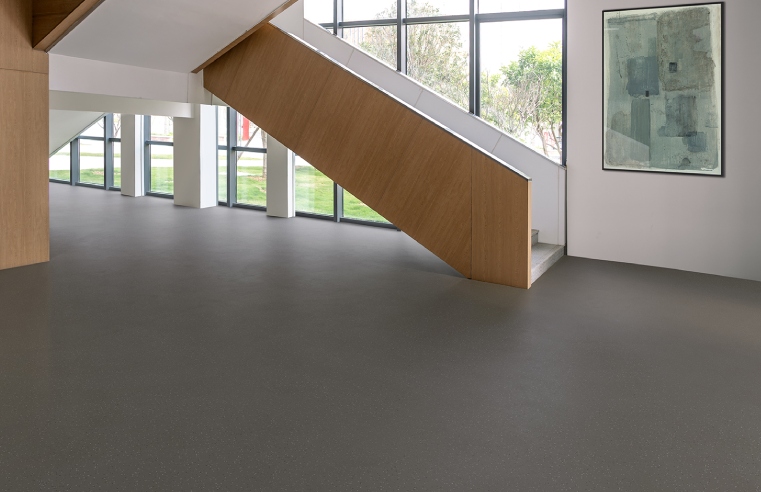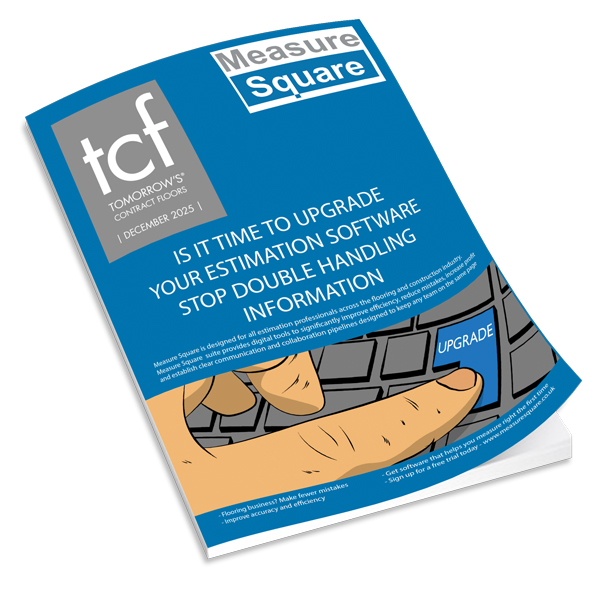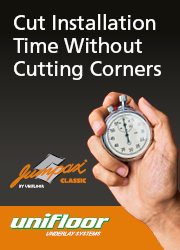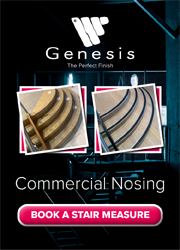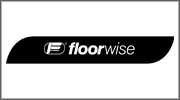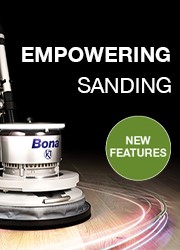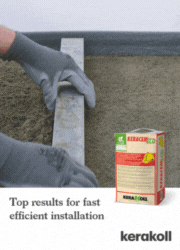The Academy for Excellence in Flooring is among the UK industry’s best training facilities, upskilling installers to be able to deliver the very best in wood, laminate and LVT installations.
As a centre of technical excellence, The Academy for Excellence in Flooring provides the knowledge and skills to overcome the challenges that can adversely affect the quality of LVT installations. With LVT susceptible to movement in relation to the ambient environment, selecting the right finishing products and using the correct methods are a significant factor in the long-term viability of the installation.
With LVT floors a popular retrofit option, installers are often tasked with working within the confines of existing finishes. Installing LVT up to existing skirting requires the use of beading and while colour matched products provide a discrete finish, as always, there is a correct way to ensure a lasting end result. Improper installation of these products can compromise the structural integrity of the floor, so attention must be paid.
Lee Thompson, Procurement and Technical Manager, Academy for Excellence in Flooring, explained: “First off, you must ensure that the right modulus of silicone is used to fill between the edge of the LVT and the skirting. We recommend low modulus silicone, as high modulus is not sufficiently flexible once cured to allow the LVT to expand and contract.
“Of course, nobody wants unsightly silicone on view around the perimeter of their room and so beadings will be used to cover the gap. But there’s a right way to do this too. Initially, it’s all about ensuring a consistent gap. The better tolerance that can be achieved here, the less chance there is for the installation to become a problem. Always stick the bead to the wall and make sure it is not inadvertently fixed to the LVT by stray silicone or adhesive. Should the floor and bead become one, then all possibility of movement is eliminated.
“This means that care must also be taken when applying the silicone to the gap. It should be level with the surface of the LVT. Again, overfilling silicone at these crucial gaps is a potential hotspot for a future disaster, creating an indirect bond between the floor and bead/wall. This cancels out natural movement and subjects the floor to vertical pressure with joint failure and bowing a real possibility.”
Fortunately, there are specific techniques that can be used to protect the long-term integrity of your LVT installation, as well as avoiding costly remedial work. Of course, for anyone attending an LVT course at the Academy, these are revealed so you can maintain high standards under all room conditions.









